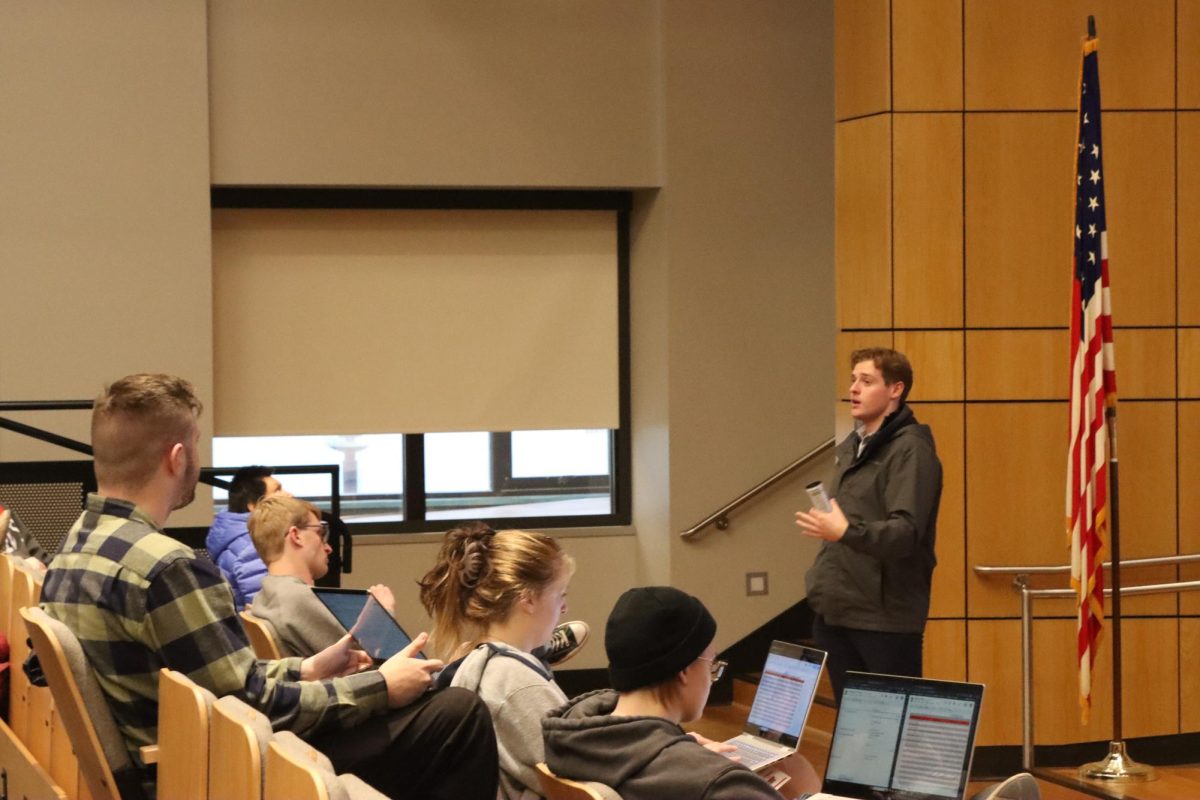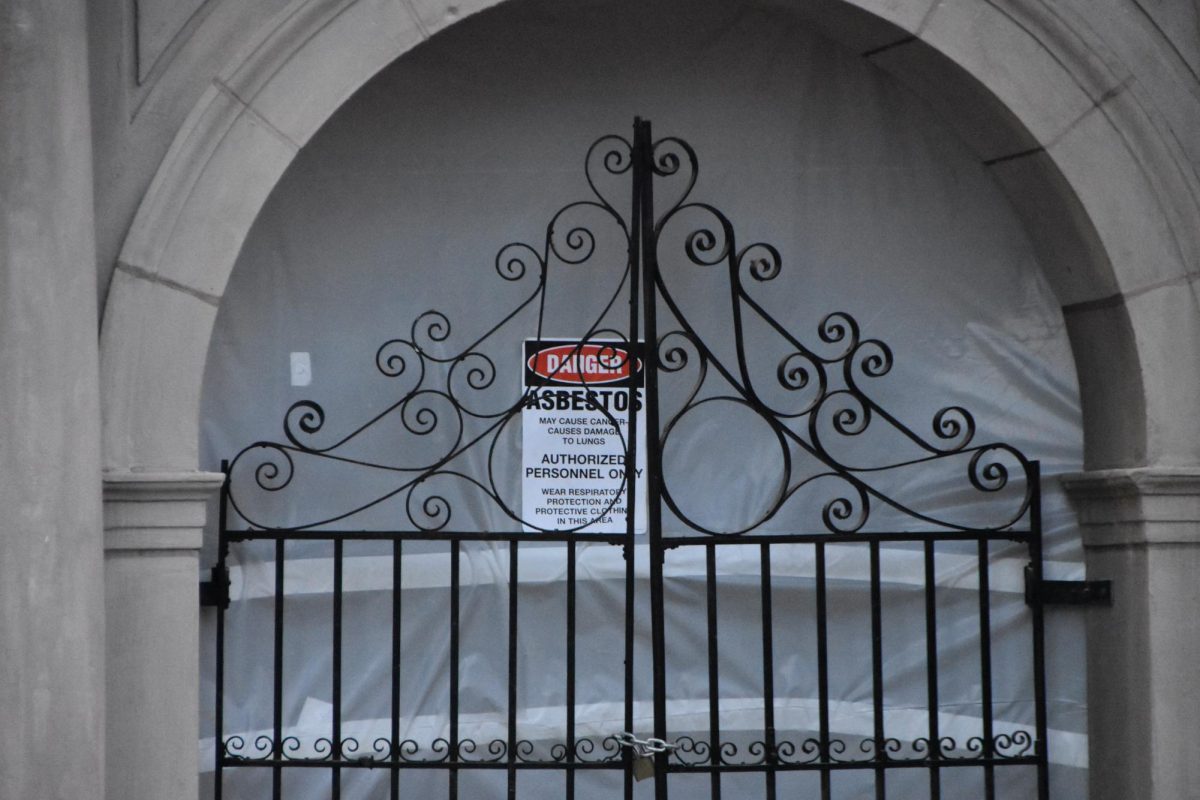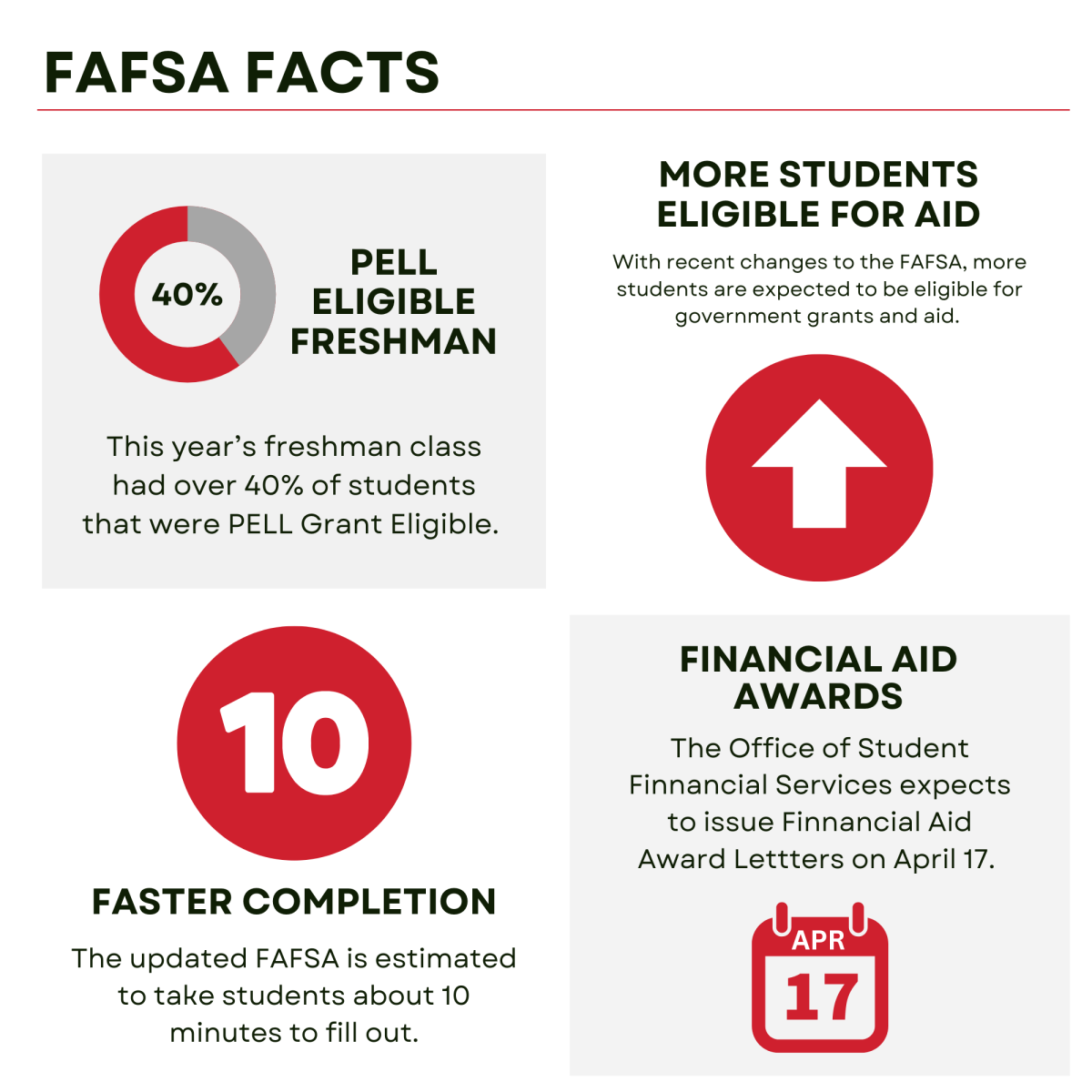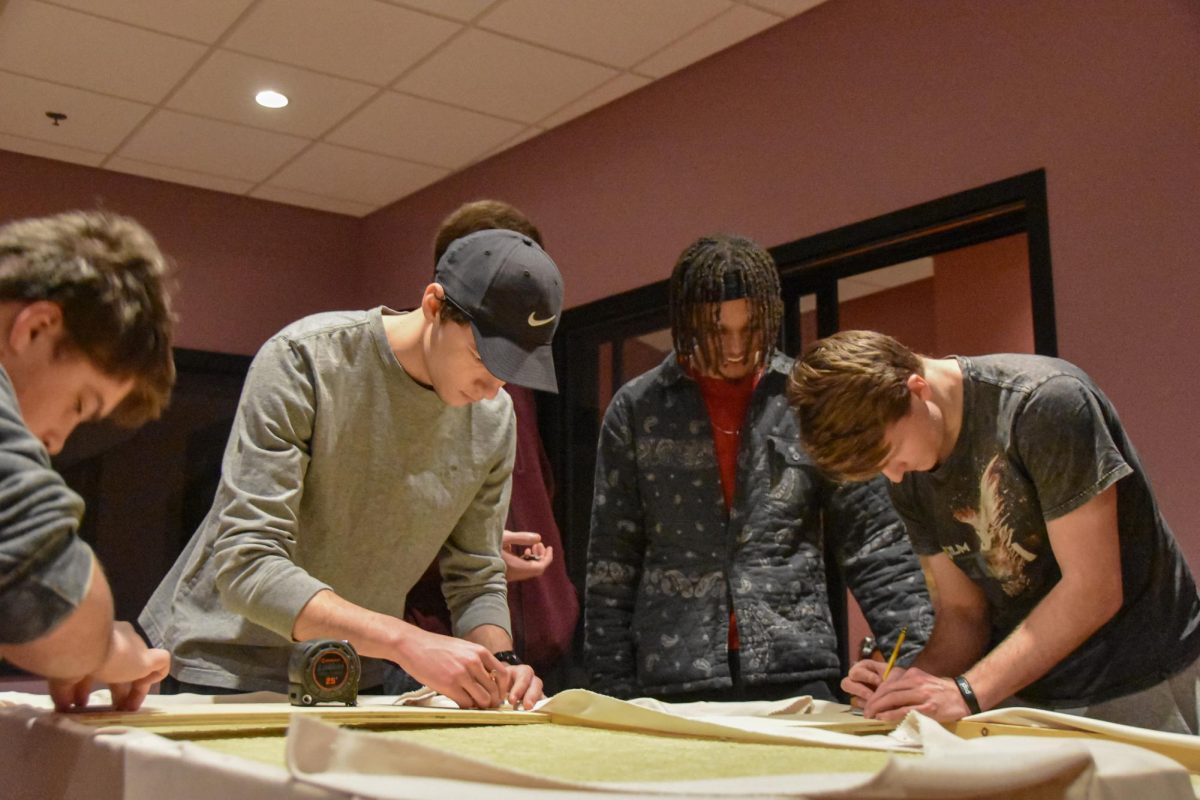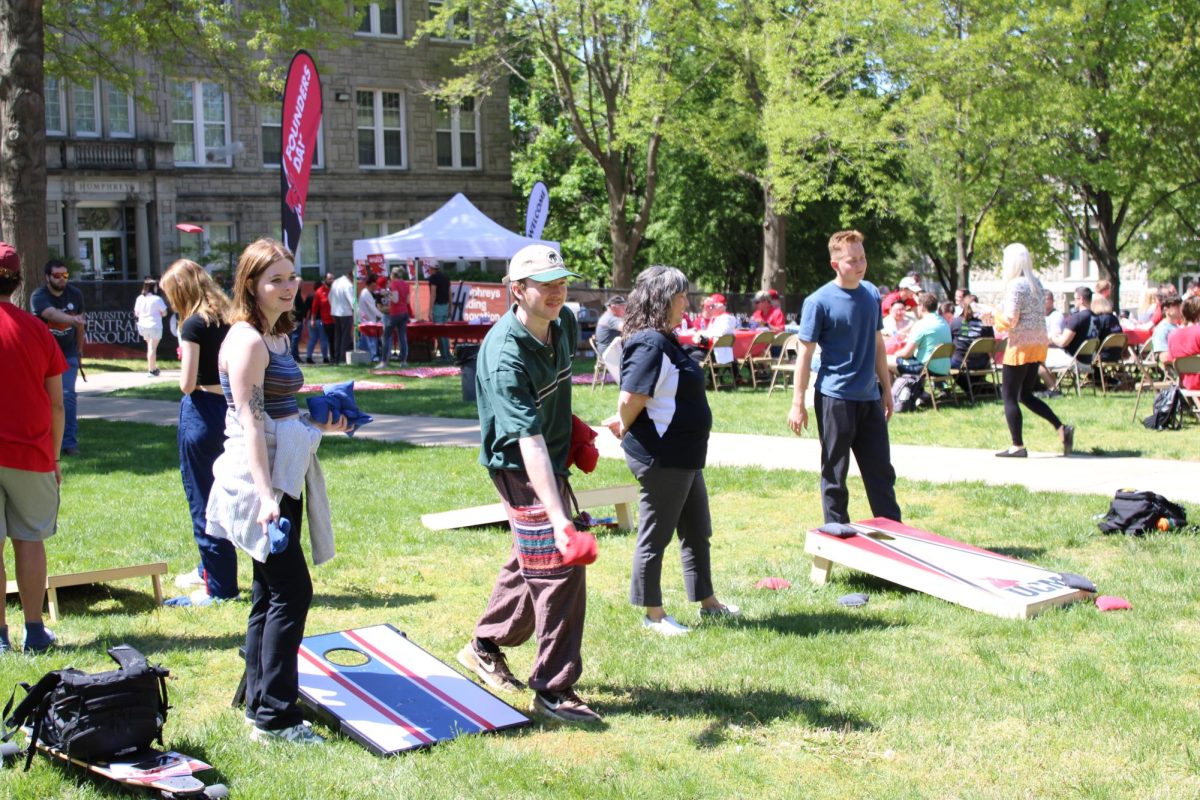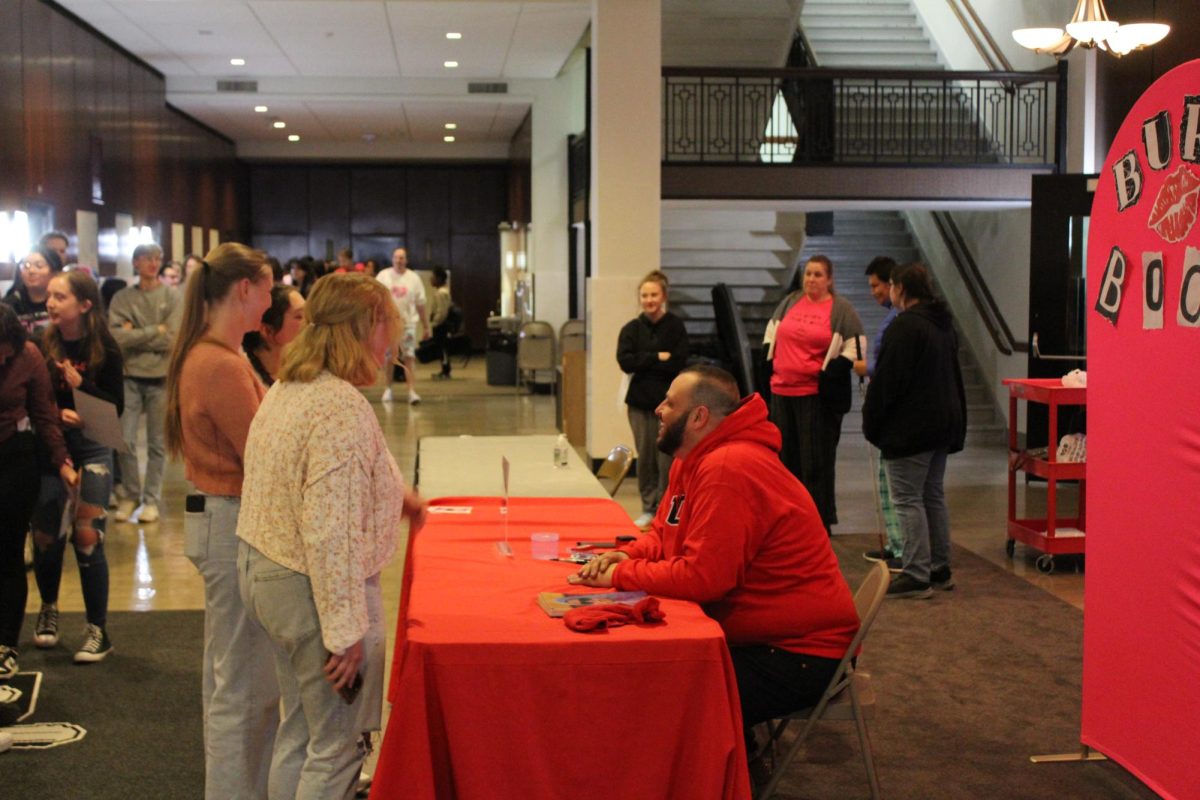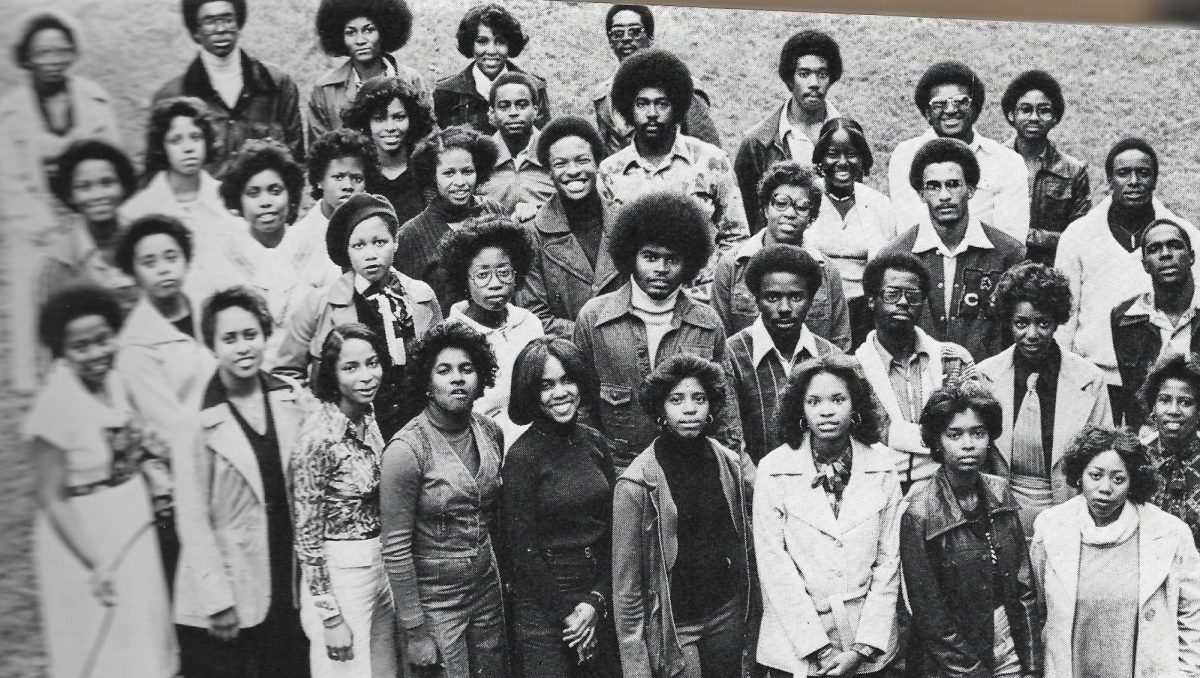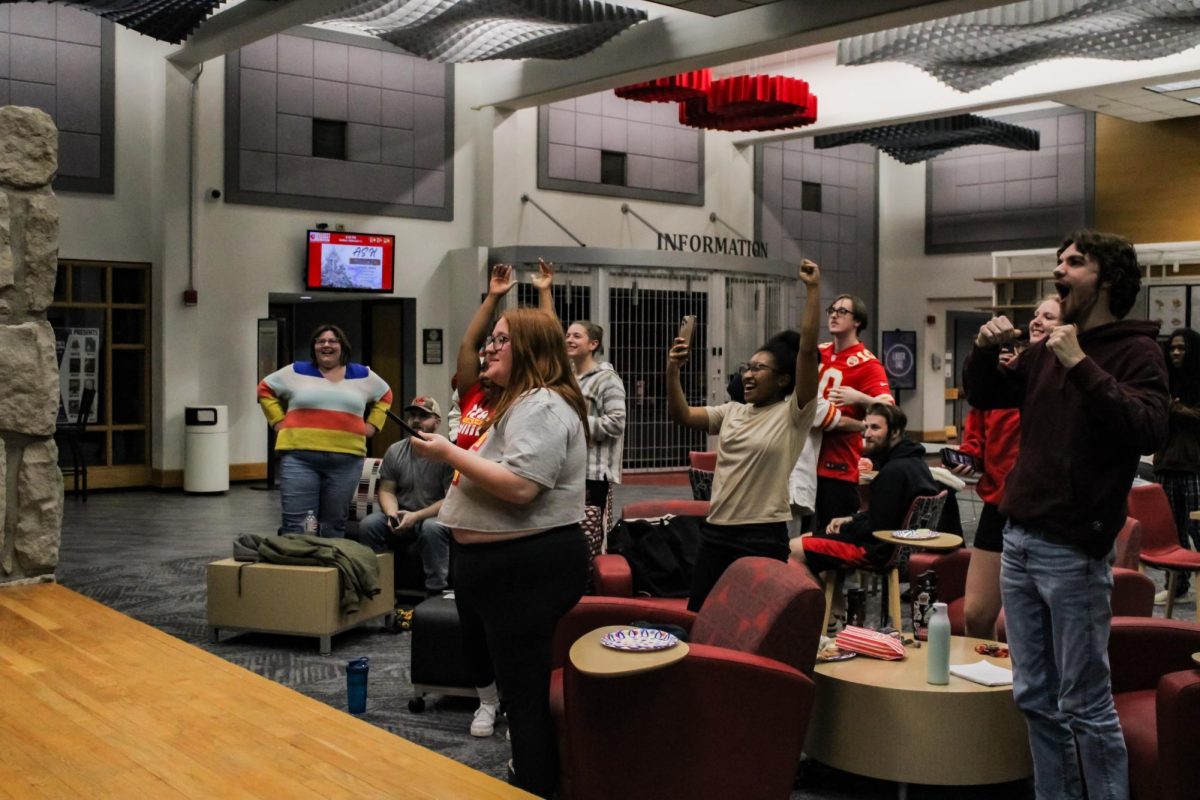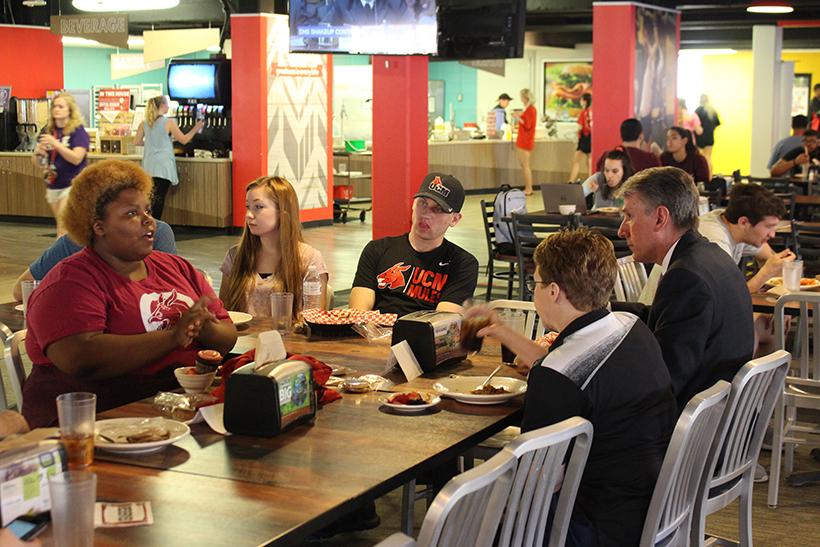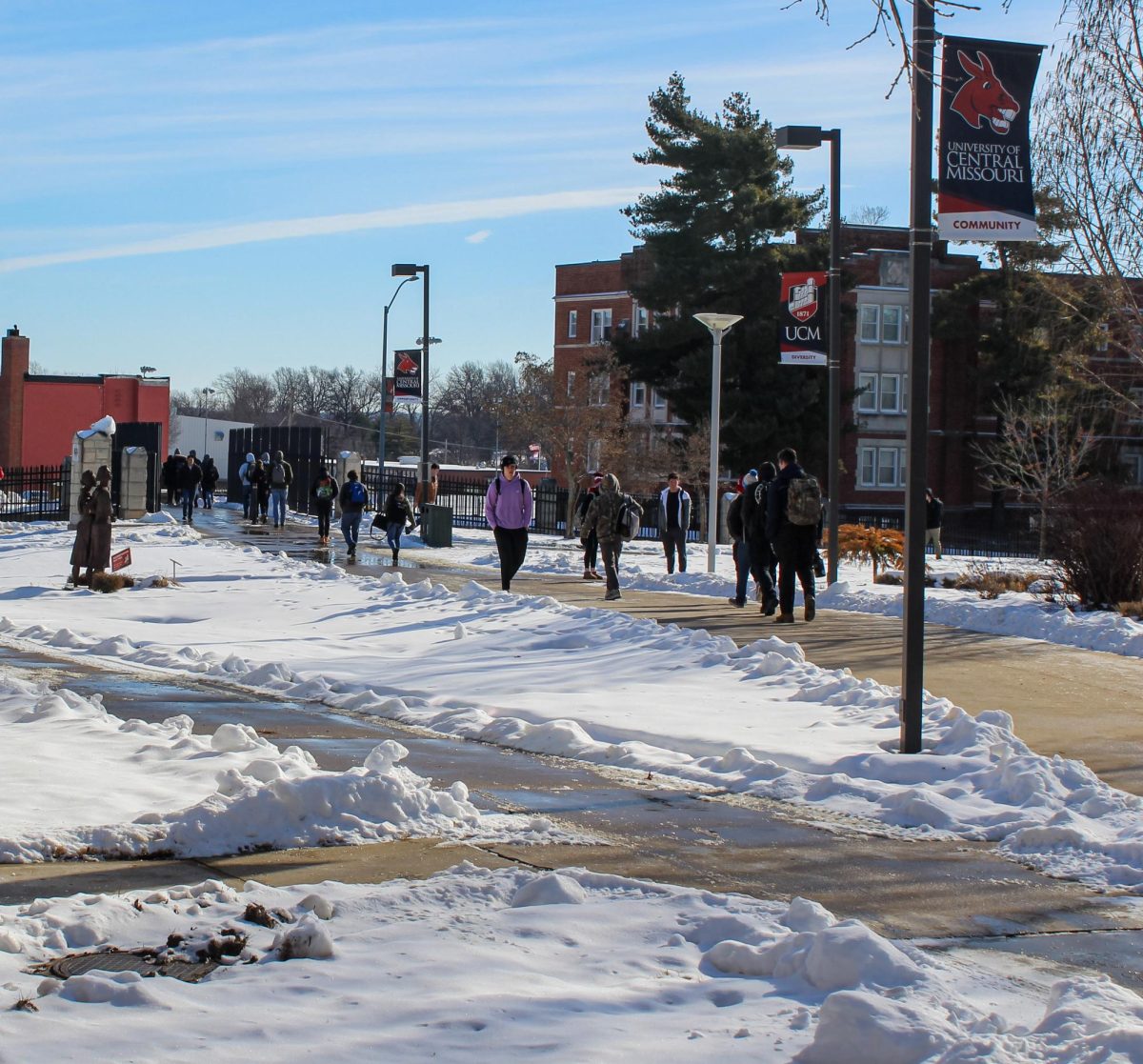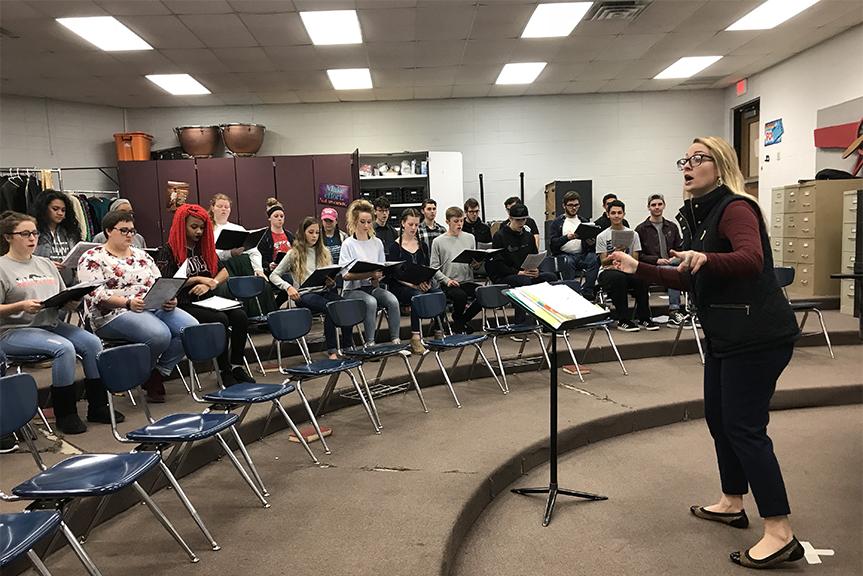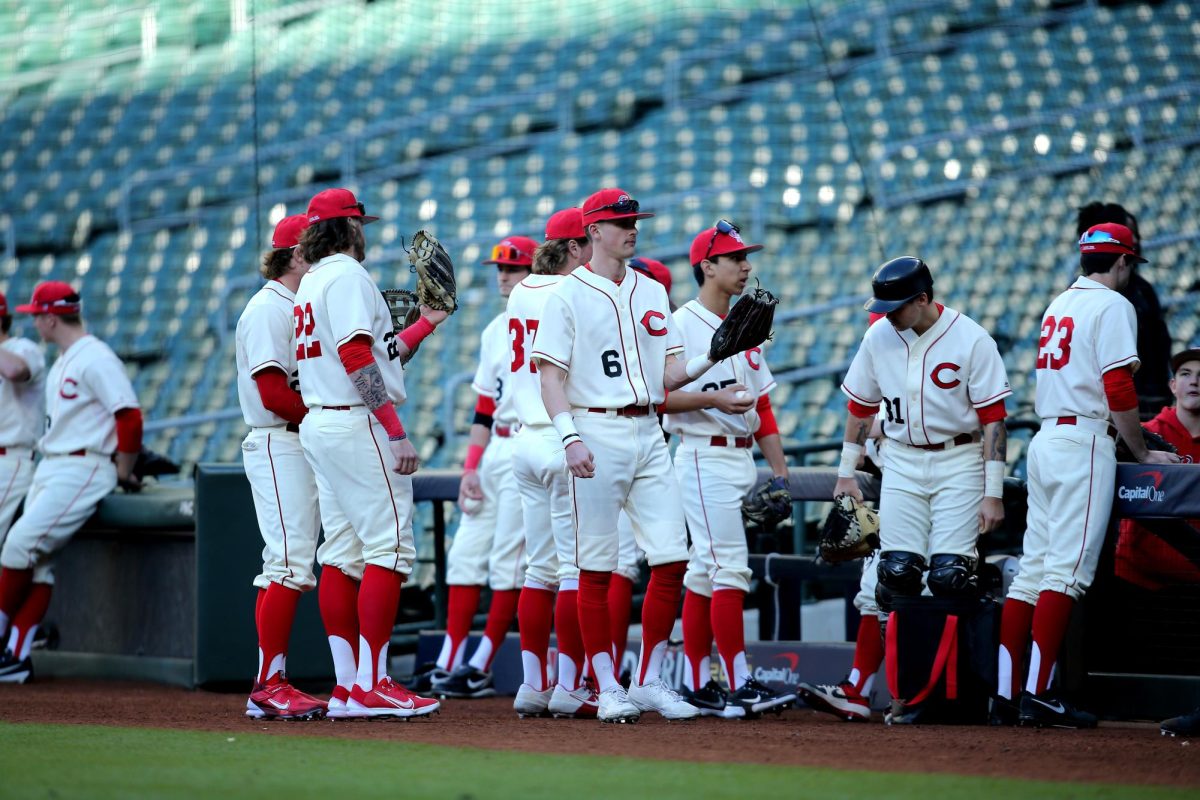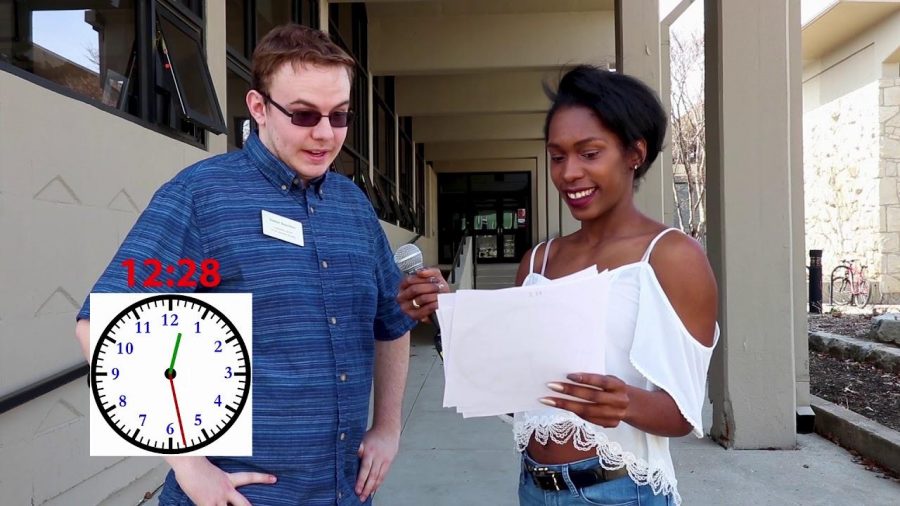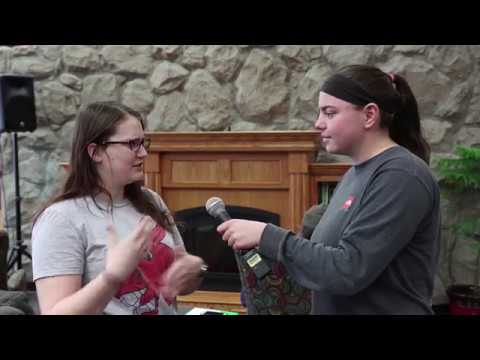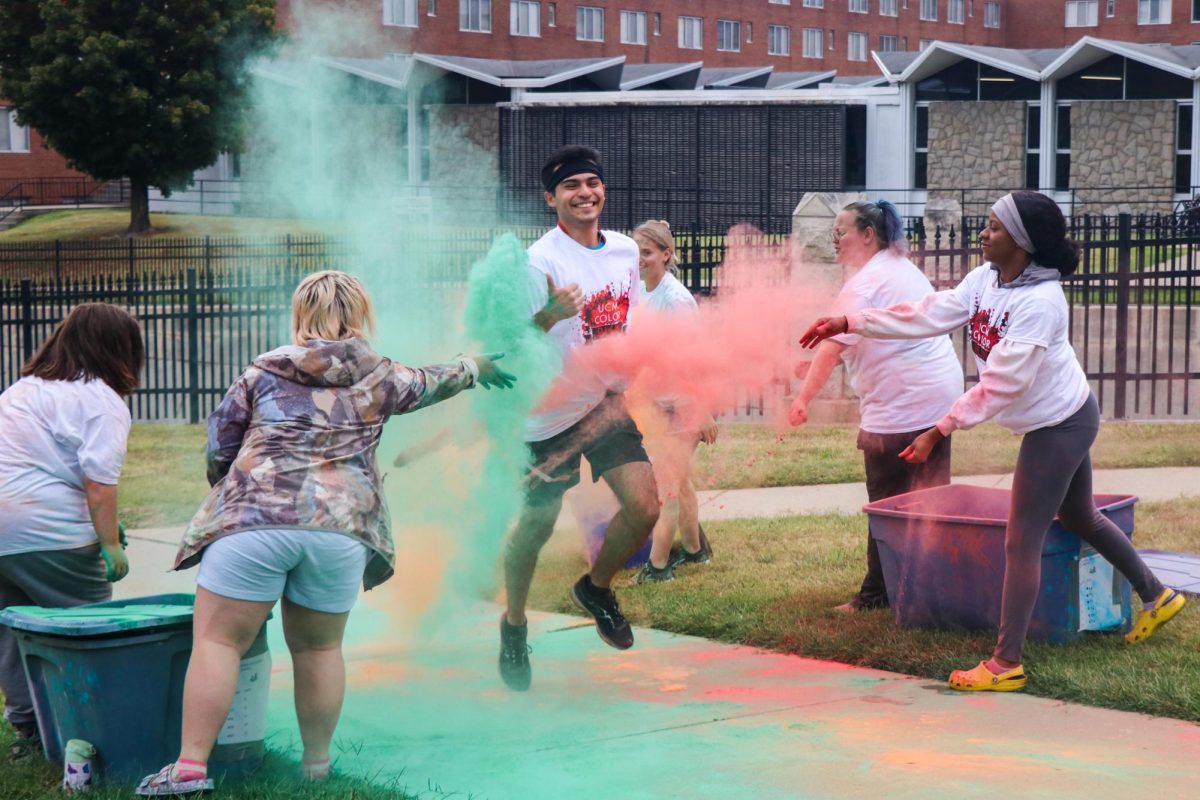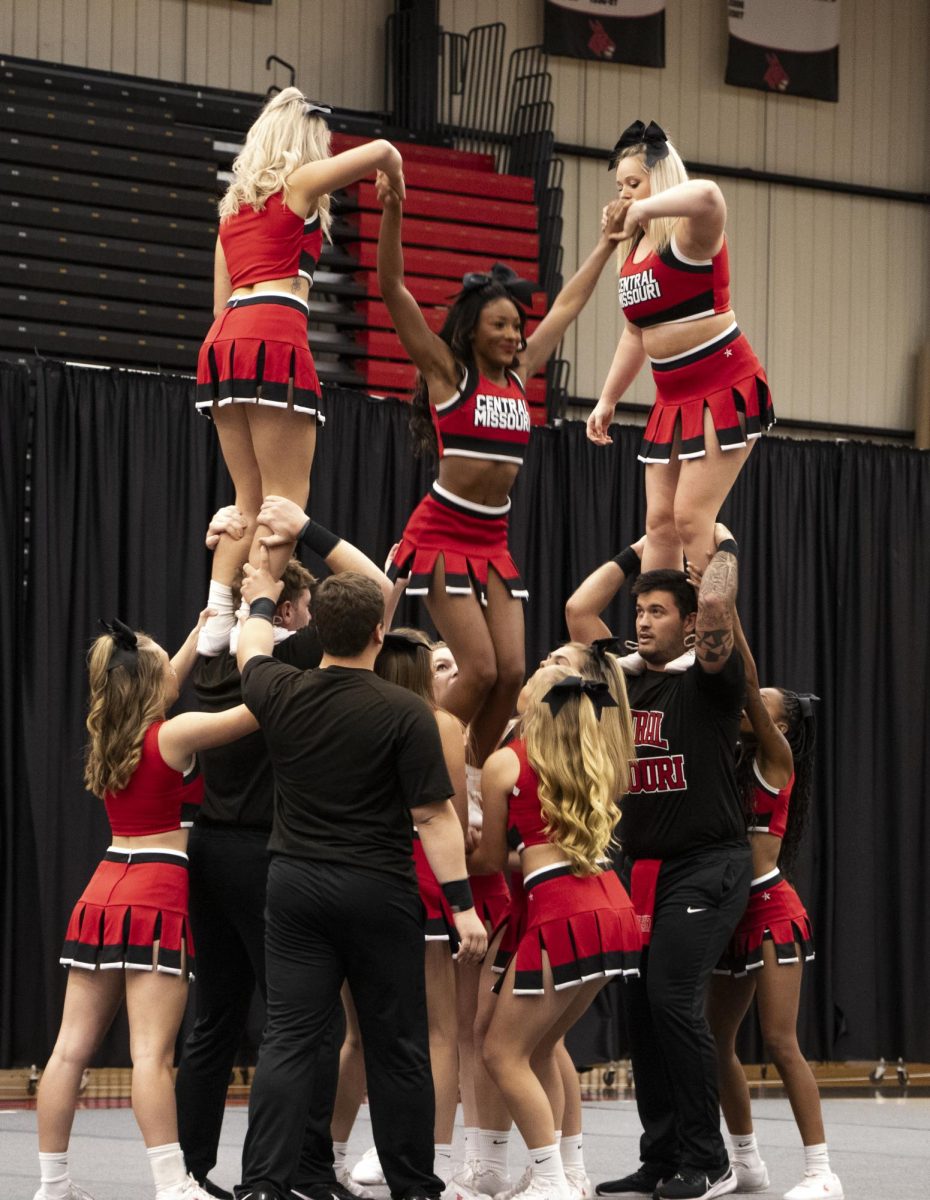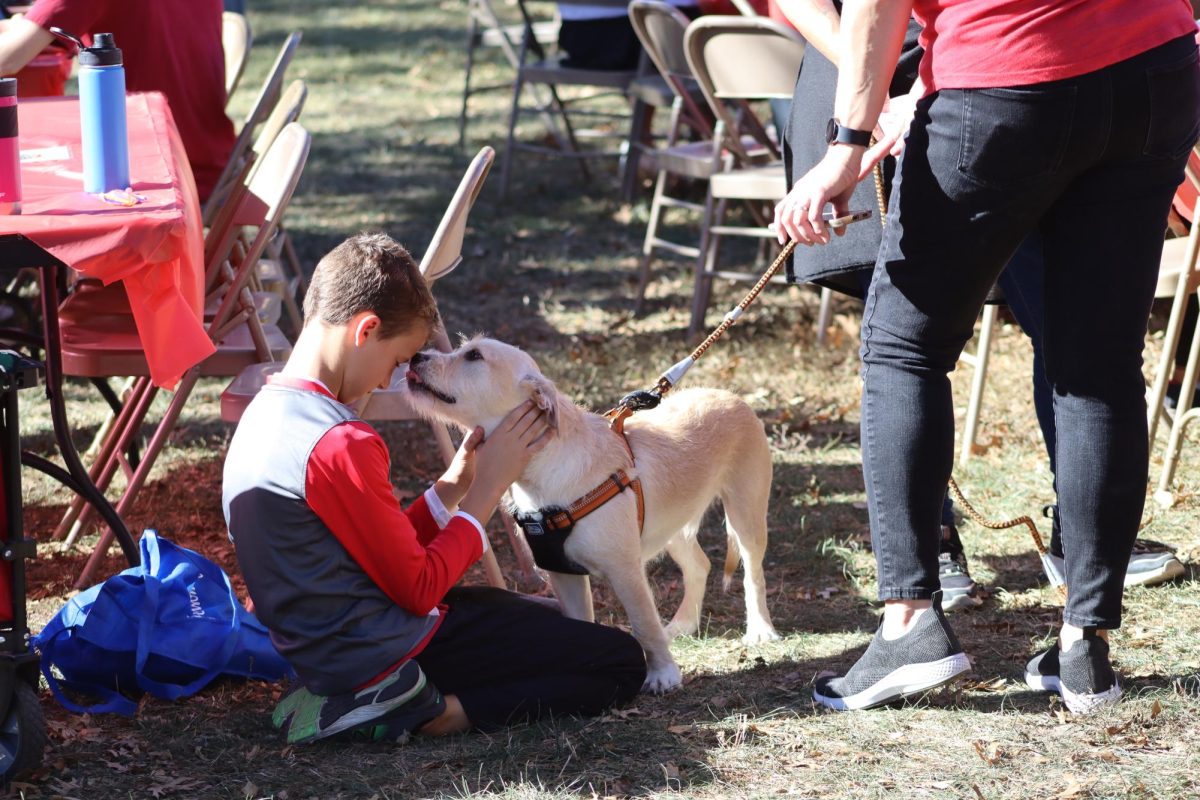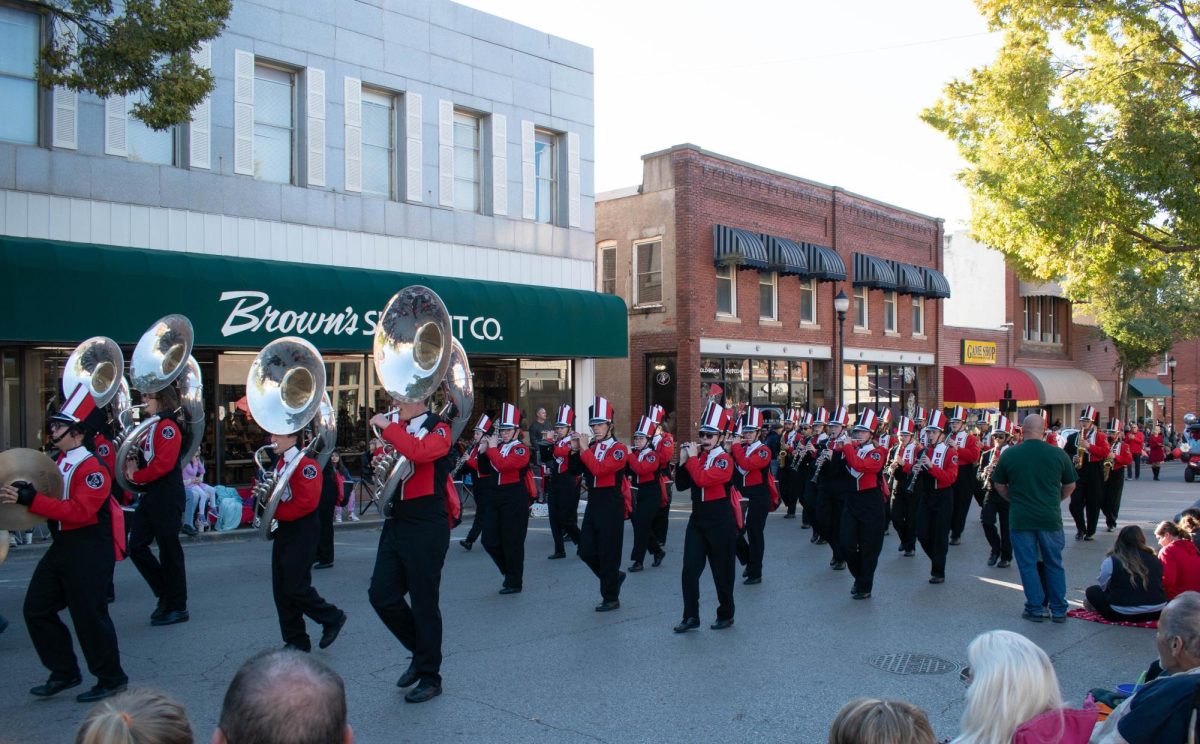By ALLIE HINGA
The Kansas City Star
(KANSAS CITY, Mo., AP) — A firecracker you buy from a stand can legally have no more than 50 milligrams of flash powder.
But Kyle Lovelady, a federal explosives expert, has seen illegal fireworks 20 times more powerful — and sometimes far more potent than that.
“When the accident happens, it’s not just ‘I have a burn on my hand,'” Lovelady said. “It’s ‘I don’t have a hand.'”
The results can be far worse when something goes wrong in a basement where illegal fireworks are being made.
A Kansas City man died recently after an explosion in his house tore off both legs and one arm. Three years ago in Independence, a garage exploded, killing a man and throwing his body into the backyard of another house.
This time each year, the federal Bureau of Alcohol, Tobacco, Firearms and Explosives begins hearing more reports of illegal fireworks on the street.
Why?
That’s not hard: People like to blow things up.
“There’s something about it,” Lovelady said.
Plus there’s some easy money to be made. Materials cost little and the price can float.
“It’s kind of like a drug; they can ask whatever they want,” said Daryl Marmon, a display manager at Wald & Co./All American Display Fireworks, which has a retail store in Greenwood in Jackson County.
In this month’s Kansas City explosion, residents of the house might have been making explosives for two years, according to federal court documents.
One resident of the house in the 9100 block of Tennessee Avenue told investigators that he had helped Wiley Mitchell make about 1,500 explosives he sold as M-80s in June 2013.
The operation apparently had resumed this year when the house exploded June 4, injuring six people. Mitchell, the Kansas City man who lost his legs and an arm, was burned over 80 percent of his body.
A resident told investigators that Mitchell had long, red cardboard tubes delivered to the house before the explosion. Mitchell also had a green bowl in the basement that contained a gray explosive mixture left over from making explosives last year, investigators were told.
Lovelady said that when the ATF investigates places where people make fireworks, agents often find dirty facilities coated with residue of explosive powder. Investigators frequently find bulk powder, cardboard tubes, fuses — almost like an assembly line.
Accidents also can occur when people try to remanufacture consumer fireworks, said John Ham, an ATF spokesman. They take the purchased product apart and make it into something else.
The problem is that the raw materials have a high spark and static risk.
“It really doesn’t take much to set this stuff off,” Ham said.
It’s not difficult to spot an illegal explosive, said Julie L. Heckman, the executive director of the American Pyrotechnics Association. Basically it’s a paper tube full of explosive powder with no label, she said.
In February, Kansas City police disabled a homemade explosive found in a truck. A passenger said he made the fireworks.
And accidents can easily happen. In 2011, a man in an apartment on North Hickory Street lost his hand when he picked up homemade fireworks.
Other accidents, like the one this month, turn deadly.
Rodney Ames, 56, was the man who died in Independence. In June 2011, a series of explosions ripped through a detached garage.
Police reports detail what happened that night. Explosions continued to rock the garage as officials arrived. The structure was destroyed, scattering debris across the ground and into trees and rooftops of nearby houses.
While searching the area, officials found several papers laying out directions to build explosives.
The victim’s wife told an officer that earlier in the day, her husband had gone to a stand to purchase fireworks, although she didn’t know what kind or where they came from. Another official was told Ames might have been handling explosive material to make fireworks for a neighborhood display.
Officials found several unexploded commercial and consumer fireworks in the debris field.
In 2012, the most recent year available, the Consumer Product Safety Commission received six reports of fireworks deaths outside the workplace. At least two of them involved homemade fireworks.
And in one of those incidents, a 30-year-old Nebraska man was making illegal fireworks when the materials he was using exploded, destroying his home. Officers and investigators found devices and materials used to make the explosives at the scene, as well as a hand-written notebook that contained “pyrotechnic recipes.” The man died five days later in a hospital.
In another case, a 60-year old Mississippi man was setting off fireworks at his home on Christmas Day when a device exploded. An investigator believed at least one of the devices was homemade, constructed from legally purchased fireworks and containing a larger-than-normal payload. The man died of blunt-force trauma.
Making fireworks is more difficult than it might appear to some, the ATF’s Ham said. For one thing, the individuals involved don’t realize the safety precautions that legal manufacturers take.
“That’s something they leave out of the equation when they decide they can make something on their own,” he said.
___
Information from: The Kansas City Star, http://www.kcstar.com
“When the accident happens, it’s not just ‘I have a burn on my hand,'” Lovelady said. “It’s ‘I don’t have a hand.'”
The results can be far worse when something goes wrong in a basement where illegal fireworks are being made.
A Kansas City man died recently after an explosion in his house tore off both legs and one arm. Three years ago in Independence, a garage exploded, killing a man and throwing his body into the backyard of another house.
This time each year, the federal Bureau of Alcohol, Tobacco, Firearms and Explosives begins hearing more reports of illegal fireworks on the street.
Why?
That’s not hard: People like to blow things up.
“There’s something about it,” Lovelady said.
Plus there’s some easy money to be made. Materials cost little and the price can float.
“It’s kind of like a drug; they can ask whatever they want,” said Daryl Marmon, a display manager at Wald & Co./All American Display Fireworks, which has a retail store in Greenwood in Jackson County.
In this month’s Kansas City explosion, residents of the house might have been making explosives for two years, according to federal court documents.
One resident of the house in the 9100 block of Tennessee Avenue told investigators that he had helped Wiley Mitchell make about 1,500 explosives he sold as M-80s in June 2013.
The operation apparently had resumed this year when the house exploded June 4, injuring six people. Mitchell, the Kansas City man who lost his legs and an arm, was burned over 80 percent of his body.
A resident told investigators that Mitchell had long, red cardboard tubes delivered to the house before the explosion. Mitchell also had a green bowl in the basement that contained a gray explosive mixture left over from making explosives last year, investigators were told.
Lovelady said that when the ATF investigates places where people make fireworks, agents often find dirty facilities coated with residue of explosive powder. Investigators frequently find bulk powder, cardboard tubes, fuses — almost like an assembly line.
Accidents also can occur when people try to remanufacture consumer fireworks, said John Ham, an ATF spokesman. They take the purchased product apart and make it into something else.
The problem is that the raw materials have a high spark and static risk.
“It really doesn’t take much to set this stuff off,” Ham said.
It’s not difficult to spot an illegal explosive, said Julie L. Heckman, the executive director of the American Pyrotechnics Association. Basically it’s a paper tube full of explosive powder with no label, she said.
In February, Kansas City police disabled a homemade explosive found in a truck. A passenger said he made the fireworks.
And accidents can easily happen. In 2011, a man in an apartment on North Hickory Street lost his hand when he picked up homemade fireworks.
Other accidents, like the one this month, turn deadly.
Rodney Ames, 56, was the man who died in Independence. In June 2011, a series of explosions ripped through a detached garage.
Police reports detail what happened that night. Explosions continued to rock the garage as officials arrived. The structure was destroyed, scattering debris across the ground and into trees and rooftops of nearby houses.
While searching the area, officials found several papers laying out directions to build explosives.
The victim’s wife told an officer that earlier in the day, her husband had gone to a stand to purchase fireworks, although she didn’t know what kind or where they came from. Another official was told Ames might have been handling explosive material to make fireworks for a neighborhood display.
Officials found several unexploded commercial and consumer fireworks in the debris field.
In 2012, the most recent year available, the Consumer Product Safety Commission received six reports of fireworks deaths outside the workplace. At least two of them involved homemade fireworks.
And in one of those incidents, a 30-year-old Nebraska man was making illegal fireworks when the materials he was using exploded, destroying his home. Officers and investigators found devices and materials used to make the explosives at the scene, as well as a hand-written notebook that contained “pyrotechnic recipes.” The man died five days later in a hospital.
In another case, a 60-year old Mississippi man was setting off fireworks at his home on Christmas Day when a device exploded. An investigator believed at least one of the devices was homemade, constructed from legally purchased fireworks and containing a larger-than-normal payload. The man died of blunt-force trauma.
Making fireworks is more difficult than it might appear to some, the ATF’s Ham said. For one thing, the individuals involved don’t realize the safety precautions that legal manufacturers take.
“That’s something they leave out of the equation when they decide they can make something on their own,” he said.
___
Information from: The Kansas City Star, http://www.kcstar.com
Story continues below advertisement

